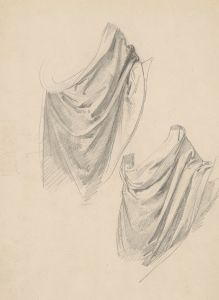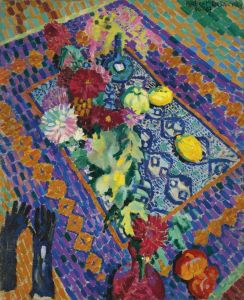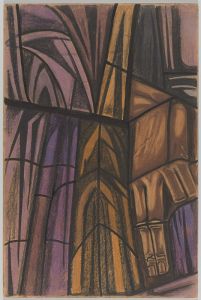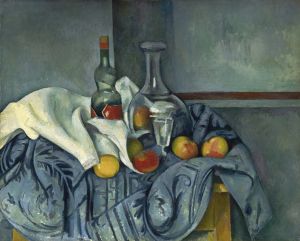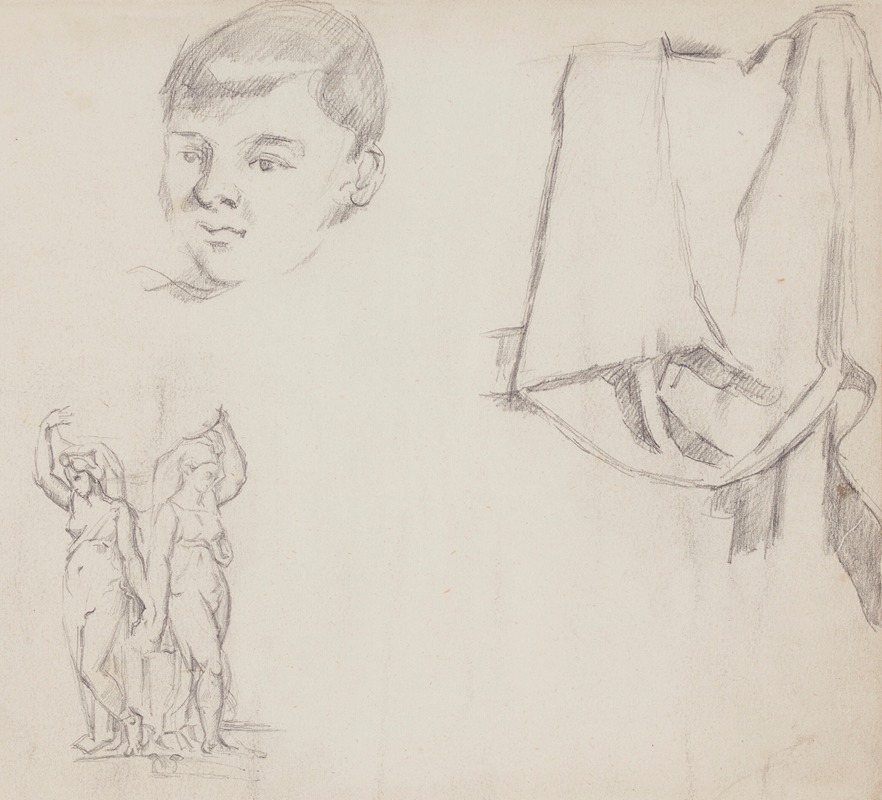
Feuille d’études
A hand-painted replica of Paul Cézanne’s masterpiece Feuille d’études, meticulously crafted by professional artists to capture the true essence of the original. Each piece is created with museum-quality canvas and rare mineral pigments, carefully painted by experienced artists with delicate brushstrokes and rich, layered colors to perfectly recreate the texture of the original artwork. Unlike machine-printed reproductions, this hand-painted version brings the painting to life, infused with the artist’s emotions and skill in every stroke. Whether for personal collection or home decoration, it instantly elevates the artistic atmosphere of any space.
Paul Cézanne's Feuille d’études (translated as "Sheet of Studies") is a work that reflects the artist's dedication to exploration and experimentation in his artistic process. This piece is not a finished painting but rather a study, a type of preparatory work that Cézanne often used to refine his techniques and ideas. As with many of his studies, Feuille d’études provides insight into the artist's methodical approach to form, composition, and the interplay of light and shadow.
Cézanne, a pivotal figure in the transition from 19th-century Impressionism to 20th-century modernism, was known for his innovative approach to capturing the essence of his subjects. His studies, including Feuille d’études, often featured sketches, color tests, and compositional experiments. These works were integral to his artistic process, allowing him to deconstruct and reimagine traditional forms of representation.
The exact date of Feuille d’études is not definitively documented, but it is believed to have been created during the late 19th century, a period when Cézanne was deeply engaged in refining his unique style. This era marked his departure from the more fluid and spontaneous techniques of Impressionism, as he sought to introduce a greater sense of structure and permanence into his work. His studies often reveal his focus on geometric simplification and the underlying forms of nature, principles that would later influence movements such as Cubism.
Feuille d’études is notable for its intimate and unpolished quality, offering a glimpse into Cézanne's thought process. The work likely includes a combination of pencil or charcoal sketches and possibly watercolor or other media, though the specifics depend on the particular sheet in question, as Cézanne produced numerous studies throughout his career. These sheets often contained multiple sketches or fragments of ideas, reflecting his iterative approach to art-making.
As with many of Cézanne's works, Feuille d’études is held in high regard for its contribution to understanding the artist's development and his impact on the art world. While it may not have the same level of recognition as his finished masterpieces, it remains an important piece for scholars and enthusiasts seeking to comprehend the foundations of his revolutionary style.
Further details about the specific content or location of Feuille d’études are limited, as many of Cézanne's studies are dispersed across various collections or remain in private hands.





